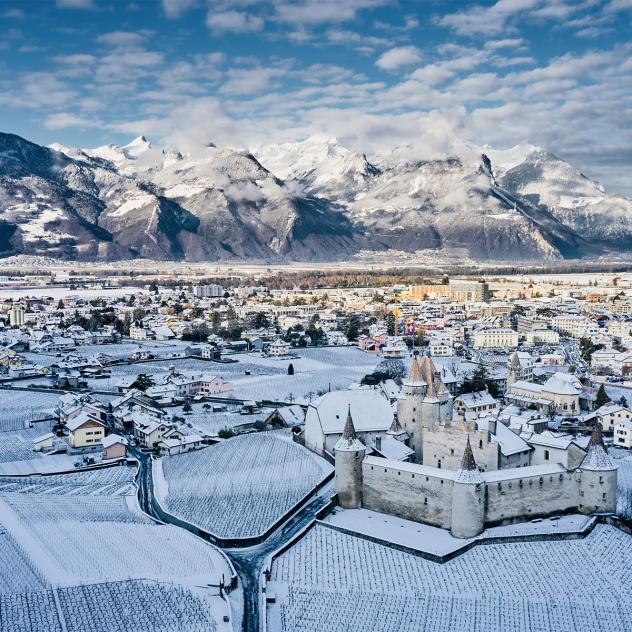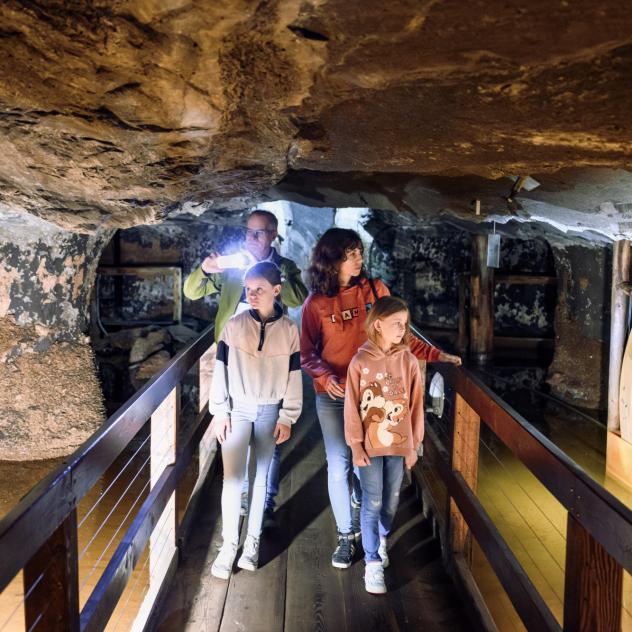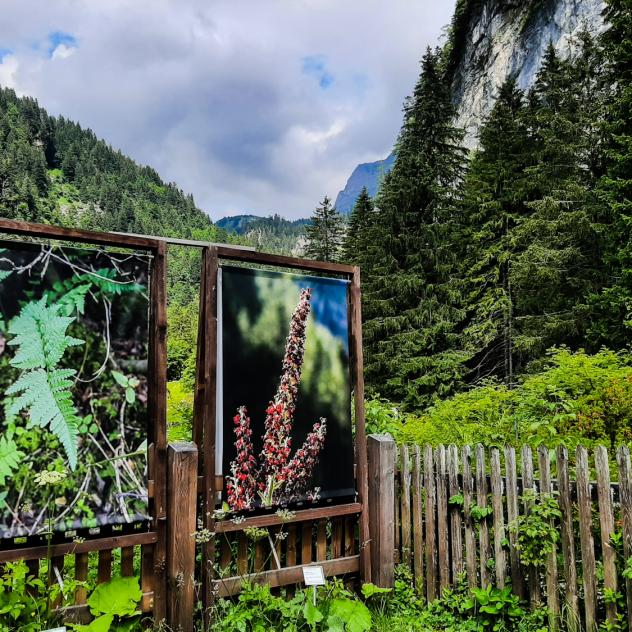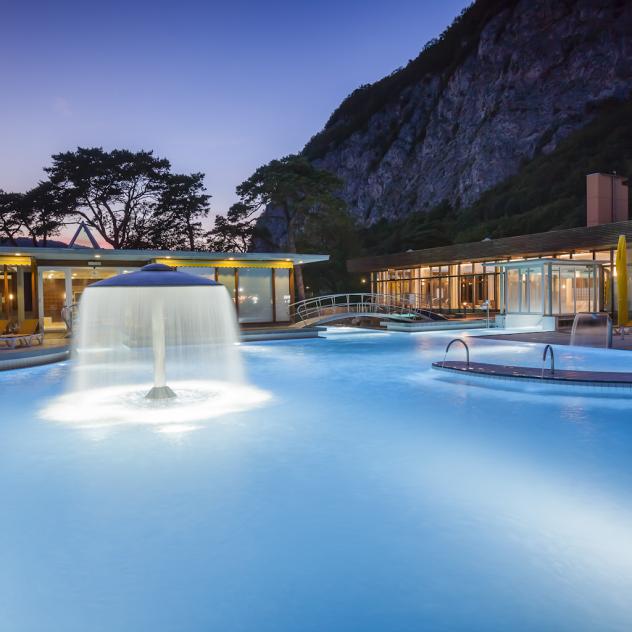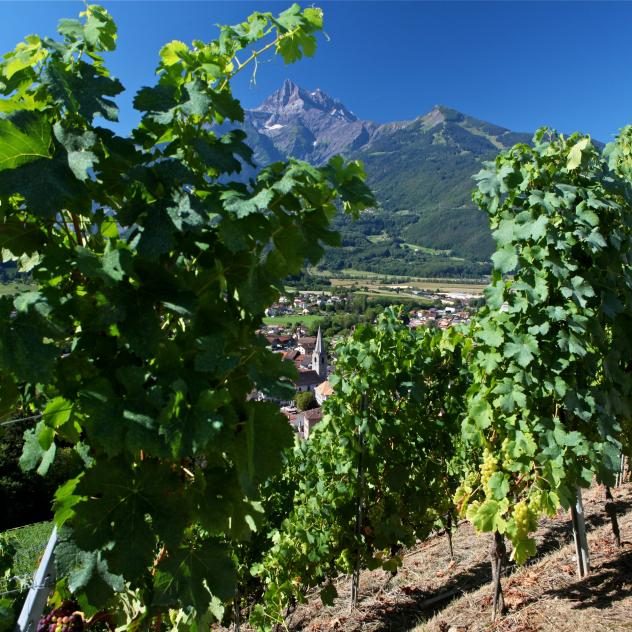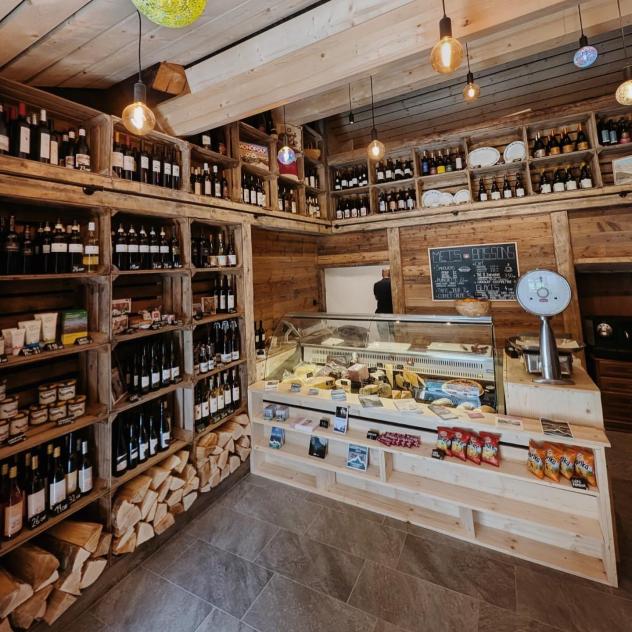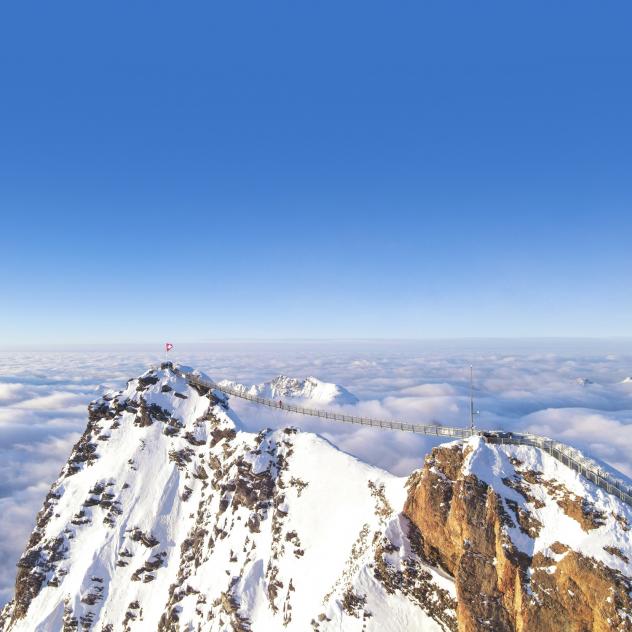
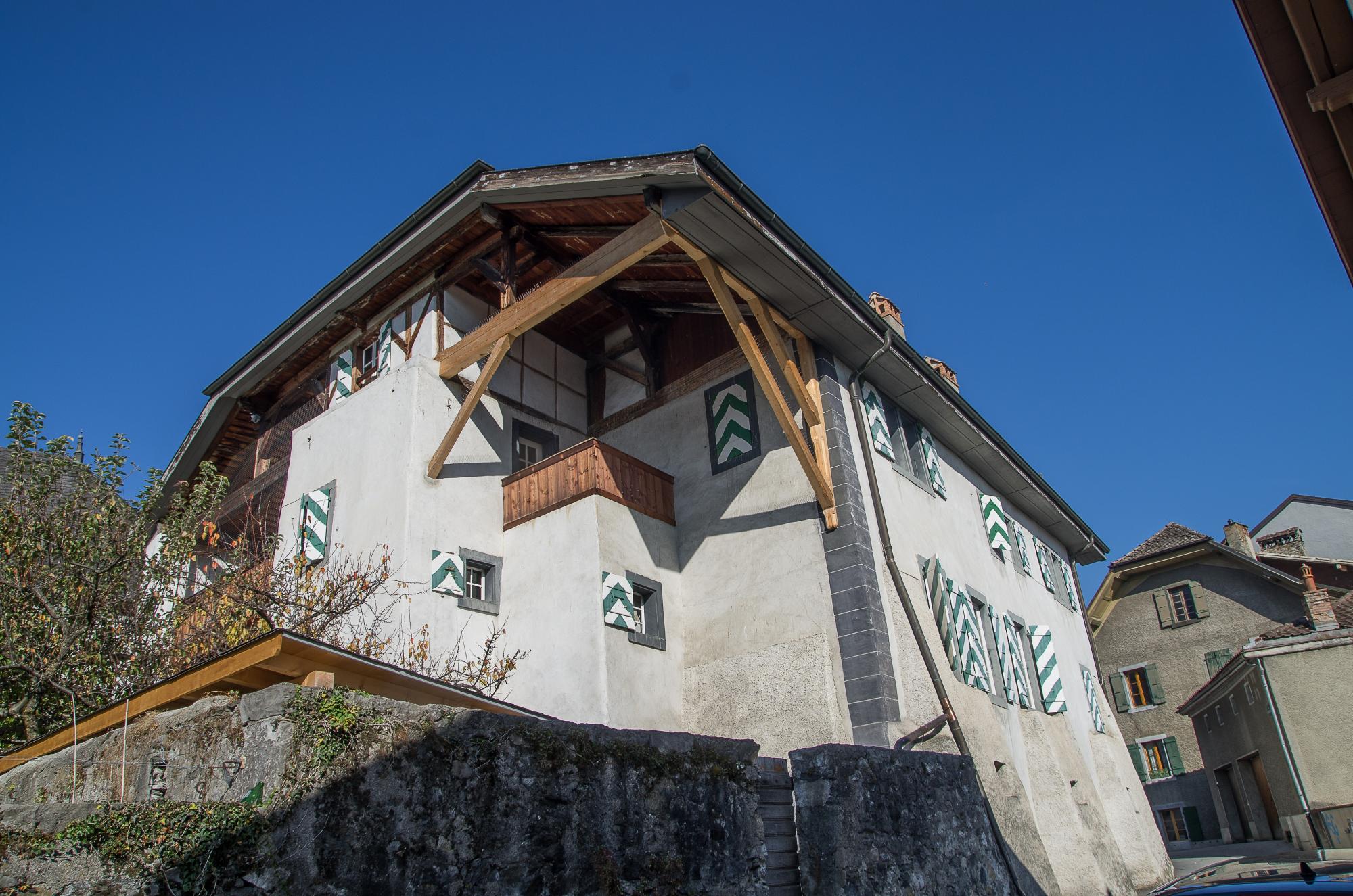
Overview
Of medieval origin, the present parish church is the result of several reconstruction campaigns, notably in 1584, following a violent earthquake, in 1680, after a fire, and in 1805; a complete renovation carried out by the young Canton of Vaud gave it its present appearance. The building has been listed in the cantonal inventory since 1986. The green and white herringbone shutters indicate the official character of the building.
The present parish church is undoubtedly located on the site of the medieval parish church, of which it takes over, if not the walls, at least the plan. The first pastor installed in Bex in 1528 was certainly in the pre-existing building, deserted by the parish priest during the Reformation. Misfortunes befell this first building, of which little is known, but which underwent numerous phases of renovation and reconstruction. In 1584, the terrible earthquake that destroyed the village of Corbeyrier had consequences for Bex. The parish church's staircase was damaged; it was then repaired, but in 1662, the work had to be started again. Around 1600, the mason Aymon Clément had extended the building by two rooms and a gallery on the garden side, but a fire in 1680 forced the reconstruction of the façades, which were probably aligned with the old ones, of the interior and of the roof structure. The staircase was rebuilt in 1740 and during the second half of the 18th century, the building was made more comfortable by the installation of three furnaces. Finally, in 1805, the architect Henri Exchaquet carried out the last known major phase of work on behalf of the State of Vaud: new windows were drilled, the kitchen was moved, rooms were created on the upper floor, and others were covered in wood. The building was carefully restored in 1983 and registered in the cantonal inventory three years later.
The parish church has an irregular layout, which is the result of its eventful history. Most of the walls must date back to at least the 17th century, with the stair tower possibly dating from the 16th century. A central corridor divides the building into two equal parts, with three rooms side by side, heated by tiled stoves and lit more or less generously by somewhat irregular windows. Next to the staircase is an annex for the latrines, isolated from the inhabited part of the house. The large, half-hipped roof unifies the ensemble, whose slow construction can be seen on the west façade, which was reconstructed in 1983.
Practical information
For more information:
Work of the art history research seminar of the University of Lausanne, under the direction of Prof. D. Lüthi, 2014.
M. Fontannaz, Les cures vaudoises, histoire architecturale 1536-1845, Lausanne, Bibliothèque historique vaudoise, 1986
Location
Getting to Bex
Car parks and transport
Brochures and maps
Practical information
- location_on
Office du Tourisme de Bex
Avenue de la Gare 68
1880 Bex
- phone_in_talk
+41 24 463 30 80
- mail
info@bex-tourisme.ch
Facebook
Instagram

